What to do if you are attacked by DDOS?

In the field of cybersecurity, DDoS (distributed denial of service attack) is called "digital flood" because of its destructive power. The essence of this attack is that the attacker launches precise traffic encirclement on the target server by manipulating the "zombie legion" composed of IoT terminals (such as smart cameras, routers) and computers. Unlike traditional single-point attacks, DDoS utilizes a distributed network architecture to synchronize high-frequency attack traffic by coordinating tens of thousands of controlled terminals.
Given a simple example: For example, you opened a breakfast shop with an area of 20 square meters and only 10 people are usually filled with. Today, 1,000 people suddenly came. How can your 20 square meters store accommodate so many people at once? Besides, these people are not real diners, but maliciously messed up. All your business cannot run normally. You can only close the store and bear the losses silently and cry silently
? Three elements of DDOS attack: control end (hacker) → botnet (Botnet) → victim server
? Fatal features of DDOS: scattered attack sources, large traffic scale, and difficult to trace source
? Latest trend in DDOS: using IoT devices such as smart homes to launch attacks
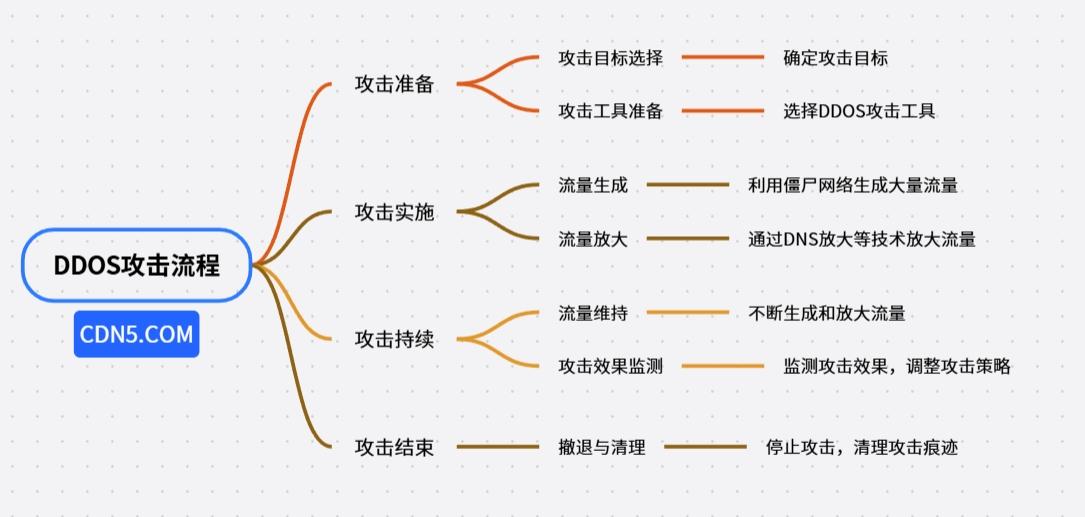
DDOS will cause your service to crash directly, that is, you cannot provide any service to normal users. Even if these problems are solved quickly, you may lose a lot of orders during this period, allowing users to choose your competitors. What's even more serious is that in 2014, game servers such as Sony PSN suffered large-scale DDDOS, and 100 million players around the world were unable to connect to games such as World of Warcraft and Diablo III, which not only brought financial losses to the company, but also damaged the company's brand and was irreversible.
Related readings: What is a DDOS attack?
| Service provider | Price range | Features | Pros | Disad | |
|---|---|---|---|---|---|
| CDN5 | Customized quotation | Multi-level protection, AI intelligent hosting | Low latency response, support for complex attack type identification | Brand awareness is not as high as Cloudflare | |
| Brand awareness is not as high as Cloudflare | |||||
| class="page_speed_1855595084">Cloudflare | Free basic version/$200+/month | Anycast network, web application firewall integration | High ease of use, wide global coverage | Advanced functions require payment and limited customization capabilities | |
| Akamai | Enterprise-level customization | Edge security protection, DNS defense, API protection | High scalability, hybrid cloud support | Extreme price, high threshold for small and medium-sized enterprises | |
| GCore | Free Standard Edition/$3,000+/month | Integrated AWS services, automatic mitigation, advanced threat intelligence | Seamless compatibility with AWS ecosystem, automatic scaling | Awaiting users only, non-cloud deployment is not applicable | |
| Imperva | Pay on demand | Hybrid protection, Bot management, API security | Comprehensive protection solutions, visual reports | Initial configuration is complex and the learning curve is steep | |
| Hybrid protection, Bot management, API security | Comprehensive protection solutions, visual reports | Initial configuration is complex and the learning curve is steep | |||
| High demand protection, Bot management, API security | Comprehensive protection solutions, visual reports | Initial configuration is complex and the learning curve is steep | |||
| High demand protection, bot management, API security | Comprehensive protection solutions, visual reports | Initial configuration is complex and the learning curve is steep | |||
| High demand protection, 3000000 | |||||
| class="page_speed_1855595084">StoneCDN | Subscription system | Network layer + application layer protection, threat intelligence sharing | The world's best APP protection product | Requires technical integration | |
| Vercara | Hardware + subscription system | Firewall integration, SD-WAN compatibility, zero-trust architecture | Multi-device collaboration, unified management platform | Hardware dependency and long deployment cycle |
1.Cloudflare
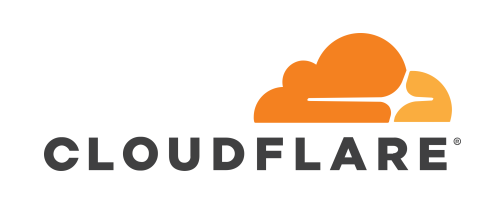
Cloudflareis an American companyby Matthew Price, Lee Holloway and Michelle Founded in 2009, Zatlyn provides services such as DNS, Content Distribution Network (CDN), and many other additional services. is a world-renowned Edge Developer service provider. Through a single global intelligent network platform, you can obtain faster and secure network security services in most parts of the world through Cloudflare.
Official website address: https://www.cloudflare.com
2.CDN5
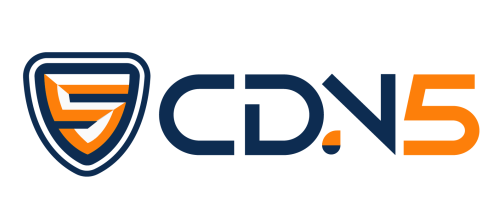
CDN5 was founded by Singaporean Chinese Jack Chen in 2016. It moved its headquarters to California, USA in 2020. It is the largest cybersecurity service provider in the Asia-Pacific and Middle East regions. It currently has branches in five countries around the world, with more than 300 employees and a core technical team accounting for more than 40%. Relying on the original "BGP+CN2 dual-line intelligent routing" architecture, it achieves breakthrough performance with direct connection delay of less than 28ms in mainland China and the response speed of overseas nodes by 40% through quantum encryption protocol and AI scheduling center. The company's services cover CDN acceleration, DDoS protection, edge computing and other fields, providing enterprise-level solutions to more than 3,000 customers including cross-border e-commerce, financial payments, online games, etc.
Official website address: https://www.cdn5.com
3.Imperva
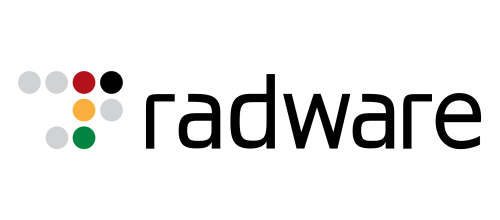
Radware® (NASDAQ: RDWR) is a world-leading provider of network security and application delivery solutions for physical, cloud and software-defined data centers. Imperva DDoS Protection is an out-of-the-box DDOS protection policy, and Imperva Attack Analytics also enhances visibility reporting capabilities. Provides an overall view of attack types and hierarchies, suitable for including e-commerce, energy, financial services, gaming, healthcare, manufacturing and technology.
Official website address: https://www.imperva.com
4.GCore
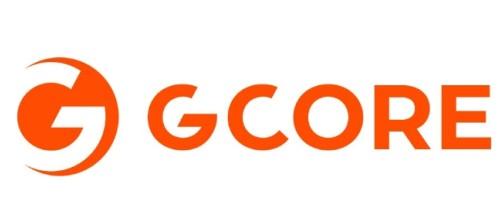
Gcore is headquartered in Luxembourg and has offices in Germany, Lithuania and Georgia. It is an international leader in public cloud and edge computing, content distribution, hosting and security solutions. It provides web and server-level DDOS protection with an edge cloud foundation, effectively defending against L3 and L4 layers, and also provides AI-based NGFW firewalls.
Official website address: https://gcore.com
5.Akamai
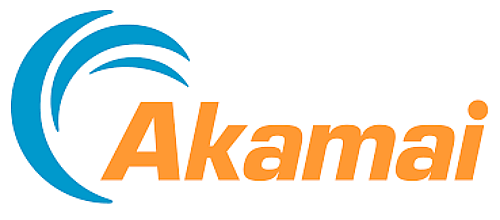
Akamai is the world's largest CDN and cloud service provider. Its products and services are widely used around the world. It is a designated supplier to many government agencies and large enterprises. Akamai provides three dedicated cloud solutions to provide end-to-end DDoS defense for organizations. To protect applications, data centers and internet-facing infrastructure (public or private) with the highest quality DDoS mitigation, it is recommended to use in combination with Prolexic, Edge DNS and App & API Protector.
Official website address: https://www.akamai.com
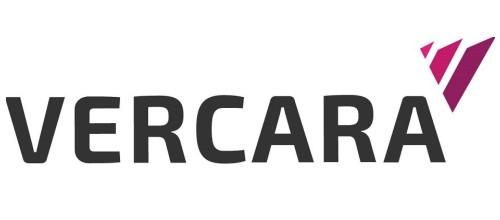
Vercara is a global cloud delivery security service provider (formerly Neusstar) Vercara provides solutions for DNS, DDoS, application security and network performance management. Provides 12+ Tbps DDoS mitigation and global dedicated data cleaning networks to help maintain online status, reduce theft threat and protect the bottom line. Vercara has established technical barriers in the DNS resolution and network protection with its UltraDNS and integrated security solutions, especially for enterprise users with strict requirements on high availability and security.
Official website address: https://vercara.com
7.Stonecdn
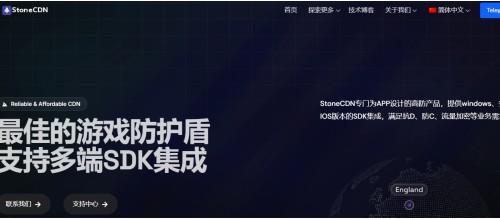
stonecdn is a subsidiary of Yewsafe, a world-renowned cybersecurity company focusing on mobile application (APP) protection. Relying on the parent company's technical accumulation in the field of network security, StonecdnGame Shield is loved by developers all over the world. It is leading in AI behavior analysis, real-time encrypted traffic detection, API abuse and reverse cracking protection. It also provides a lightweight SDK integrated development package to provide full-link security solutions for high-value APPs such as finance, e-commerce, and games, and is adapted to global layout and has extremely high security requirements for corporate customers.
8.Nexusguard360
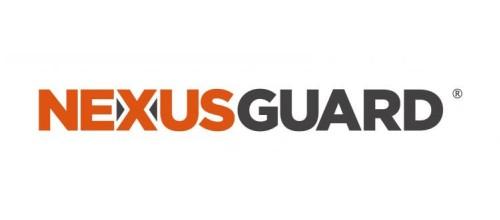
Nexusguard was founded in 2008 and has shifted its focus to simplifying CSP's DDoS protection from 2016. Currently, it is one of the global DDOS protection leaders, committed to providing network security solutions to different industries. It has a certain voice in protecting websites, APPs, infrastructures, and DNS servers from DDOS attacks. It currently has service centers in the United States, Hong Kong and Singapore.
Official website address: https://www.nexusguard.com
9.Fastly

FastlyFastly, Inc. (NYSE:FSLY) was founded in March 2011, formerly known as SkyCache, and was renamed Fastly in May 2012. Its founder and CEO is Artur Bergman. It is headquartered in San Francisco, USA. It has overseas offices in Japan. It is a world-renowned CDN and video streaming acceleration service provider. It was officially listed on the New York Stock Exchange on May 17, 2019.
10.F5
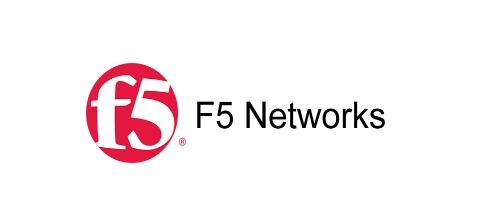
F5 Networks (F5, Inc.), also known as F5, is headquartered in Seattle, Washington. It is an old network security service provider that provides integrated security protection and supports content caching and edge-based containerized workloads. F5 provides local, cloud, edge cloud-based applications and APIs to large organizations and enterprises around the world, helping enterprises get first-class digital security experience.
Official website address: https://www.f5.com
1. Dynamic defense mechanism
Intelligent traffic scheduling center The next-generation firewall (NGFW) deployed at the service entrance is like a digital traffic police, and the traffic is portrayed in real time through deep message detection (DPI) technology. When the system detects an abnormal surge in the number of TCP semi-connections or an abnormal HTTP request feature (the third-level response mechanism will be triggered:
Primary filtering: Automatically intercept malicious IP segments based on the IP reputation database (such as /24 network segment from high-incidence areas of botnets)
Protocol: Recombination verification for protocol layer attacks such as SYN, Flood, and AI is insensitively handled.
Application layer protection: Identify the feature request pattern of CC attacks through machine learning models
2. Elastic expansion and active defense
Currently, CDN service providers have basically achieved elastic expansion capabilities in seconds, that is, when the system detects an exception, it can expand the node in seconds, and distribute attack traffic to the node cleaning center through Anycast routing.
Threat intelligence-driven protection upgrades suggest that enterprises establish a three-layer defense list:
Threat intelligence-driven protection upgrades suggest that enterprises establish a three-layer defense list:
Real-time blacklist (RBL): connect to third-party threat intelligence platforms and automatically update the malicious IP library
Equipment fingerprint library: record the hardware hash value of the terminal device and identify forged User-Agent
Protocol whitelist: Limited specific communication protocols for IoT devices
IV. The evolution of the defense system
Intelligent operation and maintenance closed-loop deployment of a log analysis system with self-learning capabilities can automatically generate an attack traceability map (as shown in Figure 2). A provincial government cloud platform uses this technology to compress the average response time from 35 minutes to 92 seconds
Zero trust architecture is integrated into the API gateway layer to implement dynamic trust evaluation, and adjust protection strategies in real time according to the request context (device fingerprint, geographical location, behavior baseline). This "minimum permission + continuous verification" model enables a securities app to successfully resist the DDoS+ database collision combination attack initiated by APT34 organization
This article is written by Expert Insights, a CDN5 cybersecurity engineer who has been engaged in the field of cybersecurity for more than 20 years. He has been conducting in-depth research on various platforms and conducting horizontal product comparisons. It is not because she is a CDN5 employee who is biased.
This ranking is indefinitely: you should choose the best protection platform according to your actual situation.
This article is based on network data, actual measurements and experience summary, and is for reference only:
1. Source of authoritative data on the Internet, not limited to industry reports, third-party comments
2. Interview executives of large manufacturers who use CDNs around the world to get advice they don't use
3. Years of research and practical experience
Related readings:
How to defend DDOS, explain the three typical response methods in detail!
How to defend against DDoS attacks?